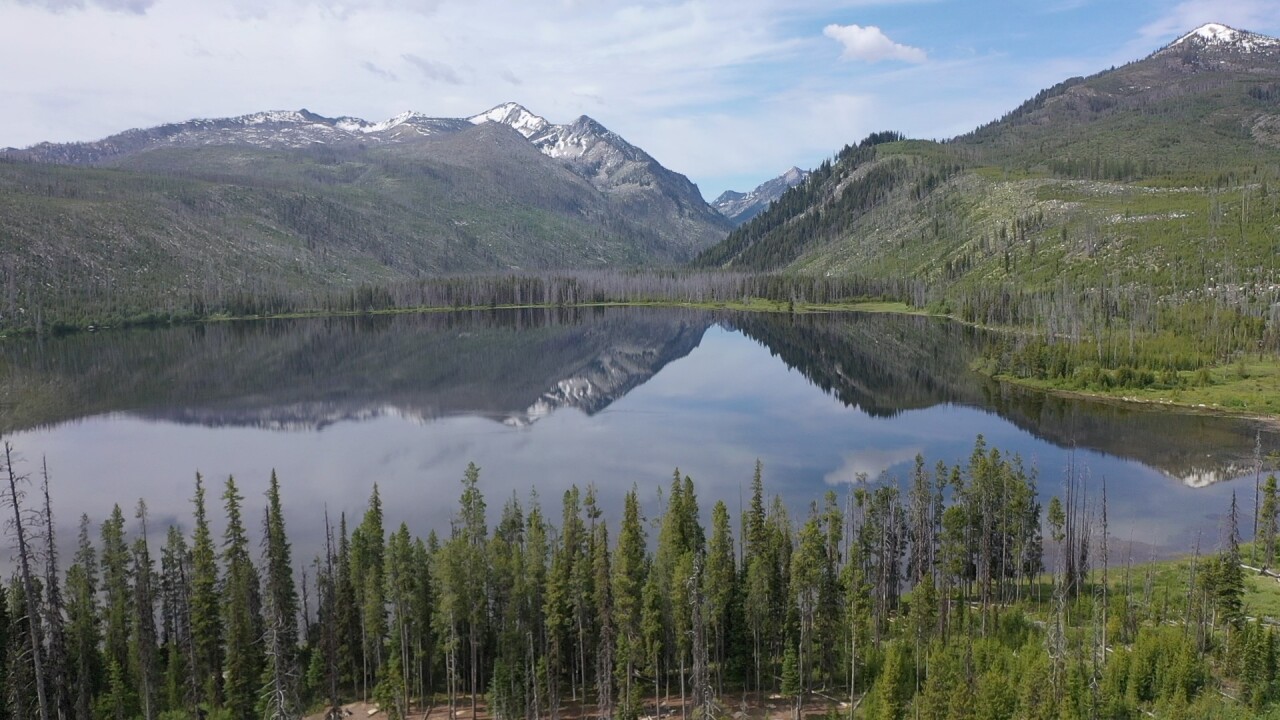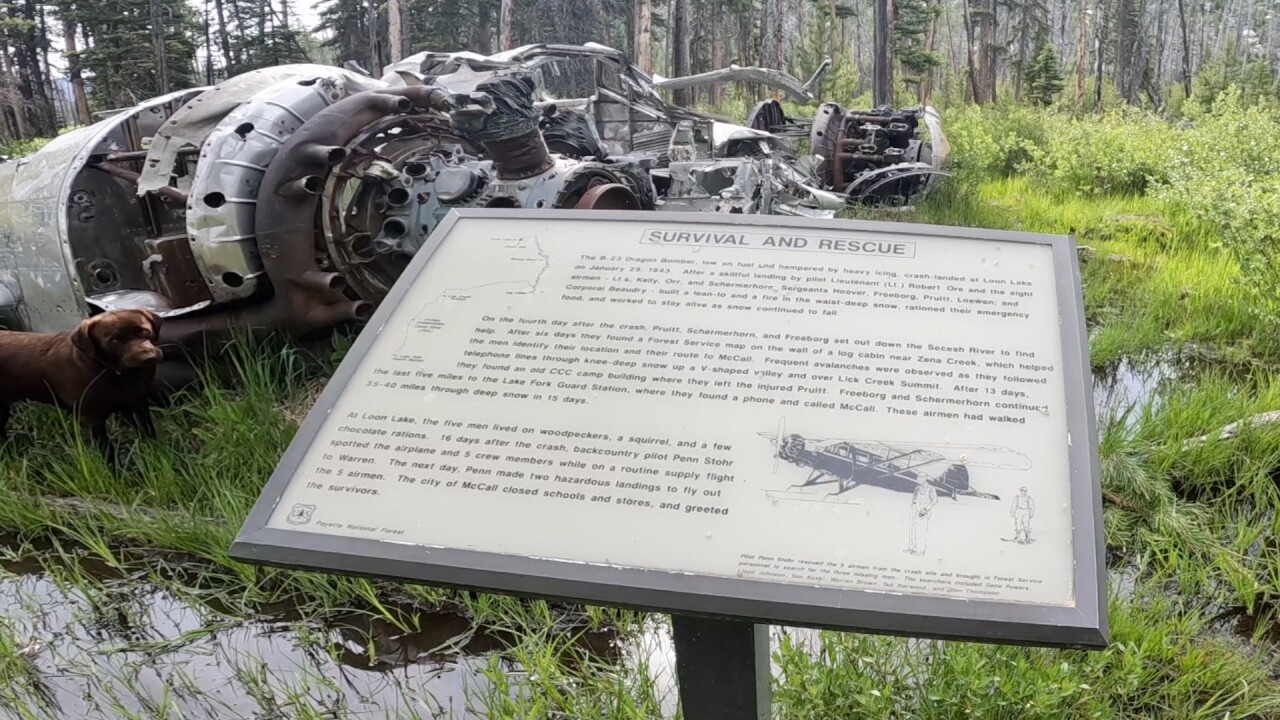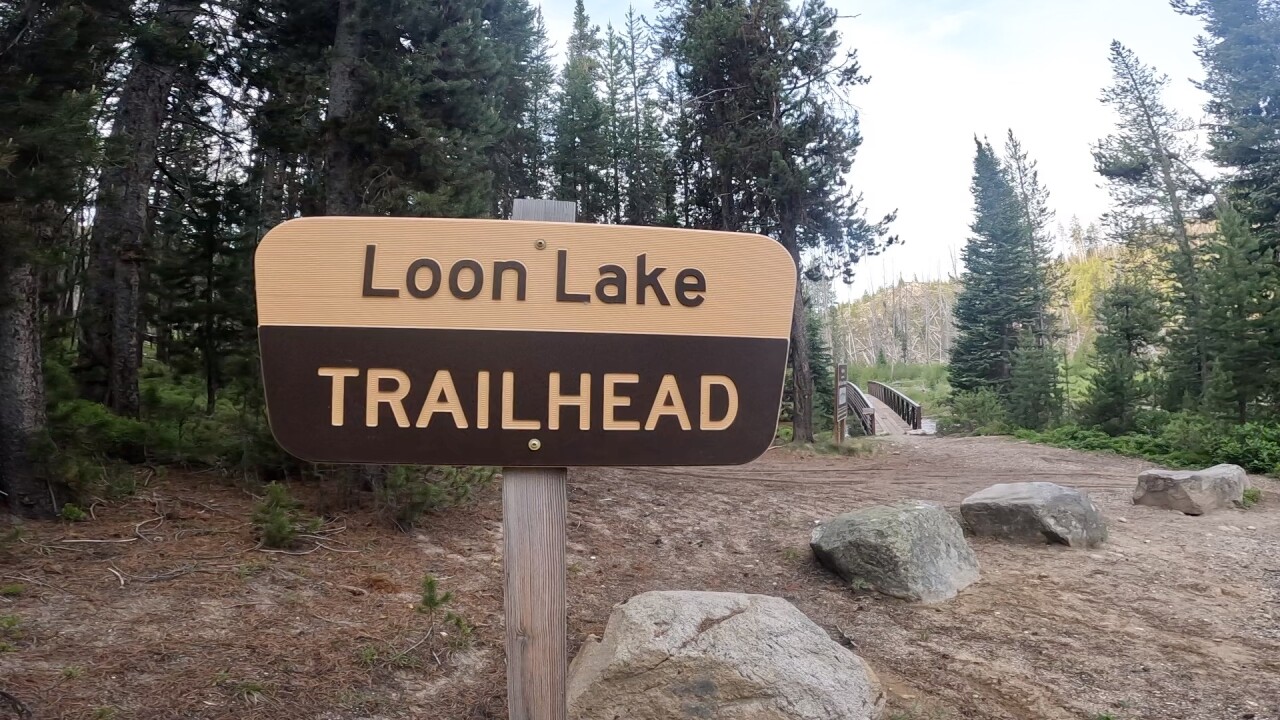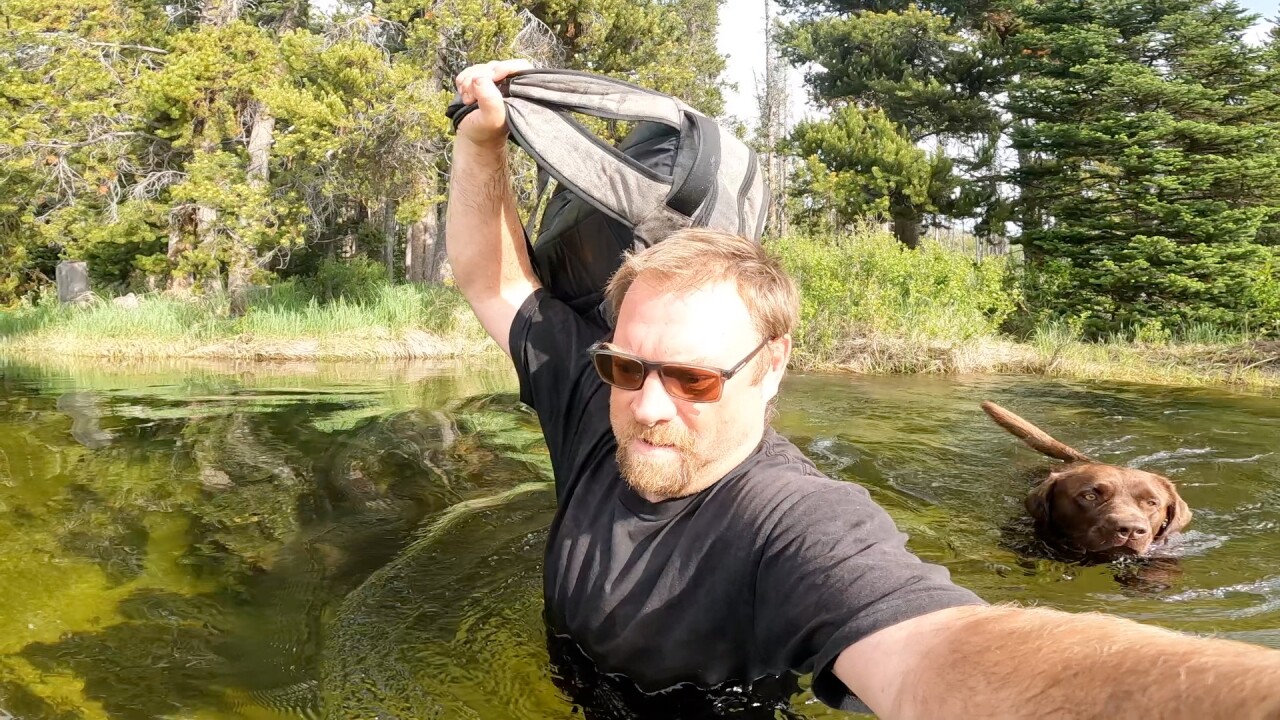MCCALL, Idaho — In January of 1943, a crew of eight airmen were flying over the Idaho mountains north of McCall when their plane crashed near Loon Lake in the Payette National Forest.
Most of the remains of that crash remains 82-years later because of the remoteness of this crash. As the airmen encountered a snowstorm and attempted to land the bomber at Loon Lake.
Check out the video of our adventure to this historic site
Only 38 Douglas B-23 Dragon Bombers were ever built, as this historic World War II airplane was quickly replaced. The plane that crashed is remarkably intact and the only injuries in the crash were a broken leg and a severely cut hand.
The survival story is also amazing as three members of the crew trudged through the snow for 35-45 miles to find out, they eventually made it to the Lake Fork Guard Station with little to no food or supplies.

Meanwhile, the remaining five airmen remained at the crash site, where they were rescued by a backcountry pilot who spotted the wreckage. The next day, the pilot returned to take the crew members to safety, and the McCall closed down schools and businesses to welcome all eight airmen who somehow survived this ordeal.
It was an adventure getting to the crash site as the journey started at the Loon Lake Trailhead, which offers free parking and also a Forest Service campground.

The route provides two options, providing hikers or dirt bike riders with a loop into the Payette National Forest.
Signs said the Loon Lake Trail is 4.5 miles to the lake, while the Secesh River Trail is 6.5 miles to the lake. I went up the Loon Lake Trail, which had some elevation gain, but no sustained grunts. Both of these trails are well-maintained, and this area would be an ideal spot for a backpacking trip.

Both of the trails met at a junction before a meadow that led to Loon Lake. However, the crash site sits on the opposite side of the lake, and I elected to take the western side, where I changed clothes and put on some water shoes.
Getting to the crash site from the trail features a creek crossing where the water got up to my chest, it took some bushwhacking and a slog across a marsh. Even the crash site was in the water on Monday, and the adventure ended up being around 13-miles round trip.

If you do this adventure, I would recommend waiting a month or two for the conditions to dry out. Also, please be respectful of the crash site and practice leave no trace principles in the Payette National Forest.



